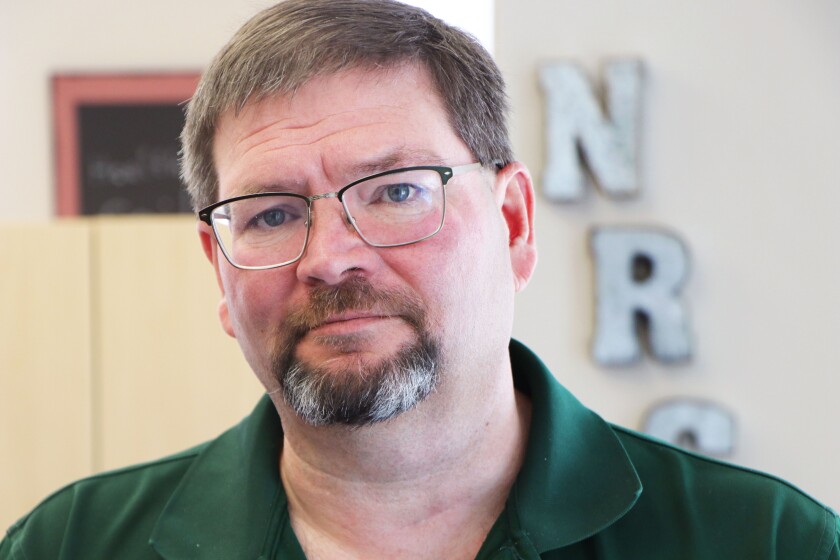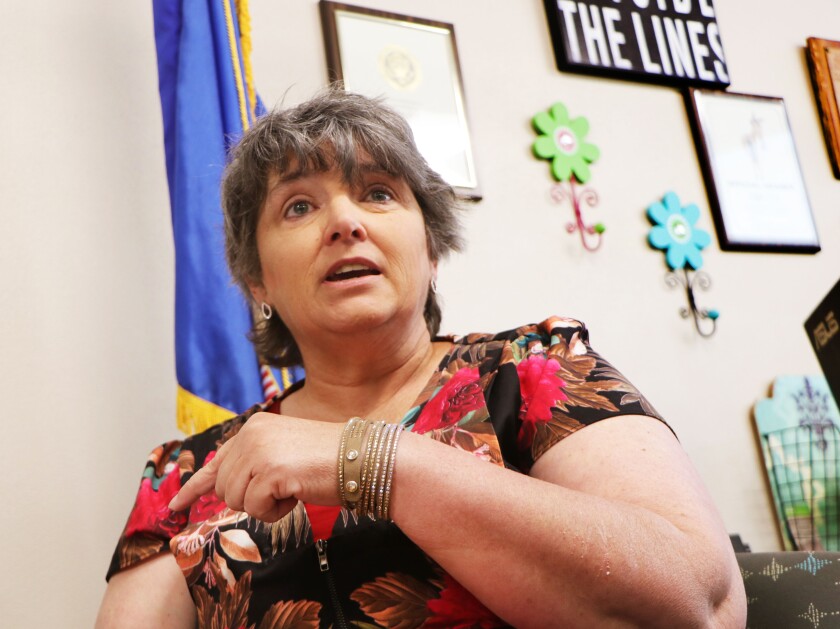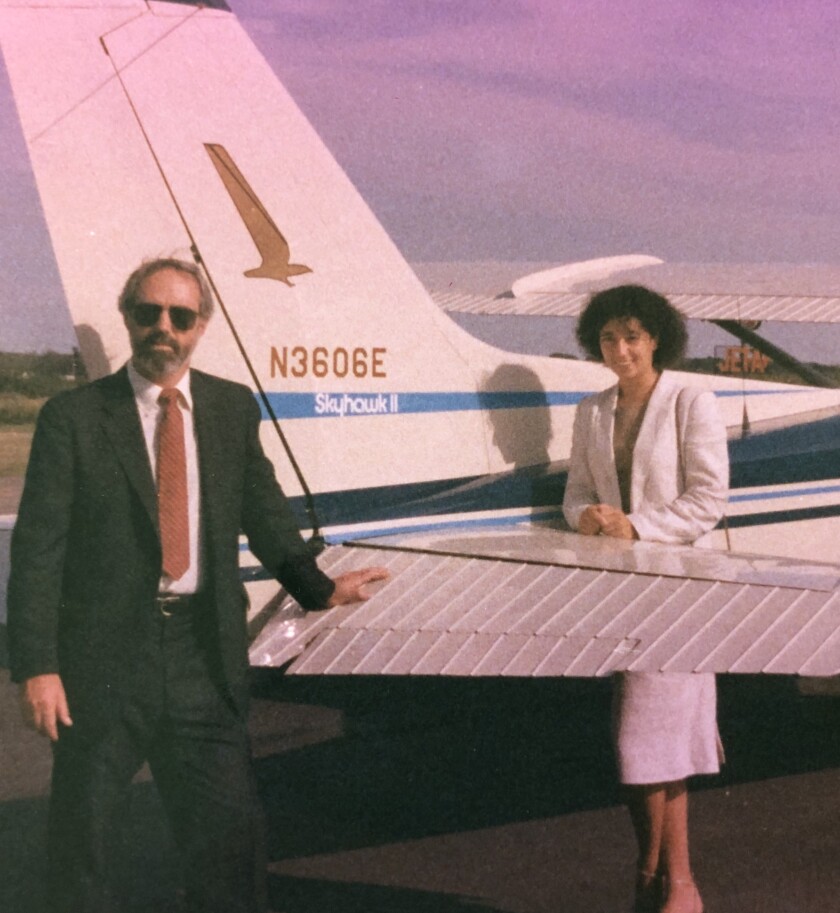BISMARCK, N.D. — The Conservation Stewardship Program is one of the federal government’s most popular tools for making “working land” in agriculture more environmentally friendly .
Todd C. Hagel, assistant state conservation for the Natural Resources Conservation Service at Bismarck, North Dakota, said CSP is a five-year, voluntary commitment and essentially helps take a landowner’s current conservation activities to a higher level.
ADVERTISEMENT
“If they are currently addressing soil erosion, we’re moving it a little further, looking at more preventive-type measures versus just reacting to the existing concerns,” Hagel said.
Any landowners who have had control of the land for the past year and have operated it can apply. One caveat is that the CSP contract must encompass all of the land a landowner controls and operates (cropland, range, ag land, associated forestry land, and farmsteads).
There are three kinds of CSP signups. 1) Classic, for new applicants or former applicants who have been out of the program generally for at least a year; 2) Grassland Conservation Initiative 3) Renewals.
- What are the best true crime reads for the long weekend? Pick one of these
- Minnesota on track for above above-average tornado season
- McIntosh, Fosston Public Libraries to host Prairie Public's Learning Express Trailer
- Bemidji Speedway driver Lily Knute has family ties to the track
- Bemidji outlasts Fergus Falls, takes both games on the road
About 20% to 30% of the expiring contracts get back into the CSP through the renewal process. They also can apply through the Classic program, under an improved management system.
Applicants must meet at least two primary “resource concerns” for each land use to be considered. If the application is on grassland, the Farm Service Agency must sign off on which tracts are eligible.
And they agree they’ll meet one more resource goal. Those could include confronting encroachment of weeds or degraded grass conditions, or things like fire management, pest pressure, field pesticide loss, field pesticide loss.
The landowner meets one additional goal by adding or “enhancing” a practice — grass seeding, a grassed waterway, a diversion, a planned grazing system.
ADVERTISEMENT
$40K, to $80K
The pay rate is based on a formula that takes into account what the producer already is doing and what the enhancements will be, all multiplied by total acres.
“And you’re capped at $40,000 as an individual, $80,000 if you’re a joint venture,” Hagel said, adding, “Typical is about $36,000 (per year) for a five-year contract.”
The plans are designed around a “conservation plan,” in which the NRCS attempts to help build the producer’s resilience to weather changes or addresses soil erosion.
Many producers wish to enhance wildlife. They may know a lot about raising corn, soybeans, flax or canola, but the NRCS can help them with design a crop rotation or add cover crops or a bit of grass planting to help with wildlife and soil health.
Most have taken care of their primary soil erosion issues through their rotation in EQIP, prior to CSP, which is just a bit more.
The CSP may be used to add water for grazing. While cover crops are a popular theme, the NRCS works with the landowner on grazing management — both for livestock health and value for and wildlife.
The NRCS can work with producers on manure sampling to understand the value of how the livestock is using the forage and for nutrient monitoring. They can help monitor the amount and timing of pesticides or help farmers get into precision farming. Some were not no-till, and this program adds enough economic value to go into continuous no-till.
ADVERTISEMENT
Popular demand

From 2017 until 2022, the NRCS in North Dakota Dakota had 1,073 active CSP contracts.
“It is by far our most competitive and sought-out program, by far,” Hagel said. “Producers like it. It is an opportunity to take a good steward and bump them up a notch” in their ability to manage the land The NRCS in North Dakota can fund only about 15% to 20% of all CSP applications.
Prior to 2018, each state didn’t get a specific allocation, so North Dakota was using $23 million to $27 million a year — as was South Dakota. Since then the NRCS chief adjusted the program so the Midwest is a more proportional user with the East and West states.
In the current budget year North Dakota got just over $15 million but got an extra $8 million to help fund its backlog because not all states used their full allocation, and the excess was redistributed.
Applicants “compete” for approvals with other landowners within their quarter of the state, so they are competing on roughly similar farming lands. People in the program who want to withdraw for extenuating circumstances (including family deaths or hardships) can apply for waivers for paying any funds back.

The NRCS spot-checks roughly 5% of their contracts. “If a person self-certifies that they planted all these acres to cover crop and we fail to follow through with checking our 5%, then they’re lying to the government, lying to their neighbors that they planted these cover crops,” says State Conservationist Mary Podoll.
Neighbors are a source of information. In cases of repayments, the NRCS can put the client farmer on a debt register, which could involve payments they’d receive from the Farm Service Agency. And fraud cases prevent future CSP qualification.







